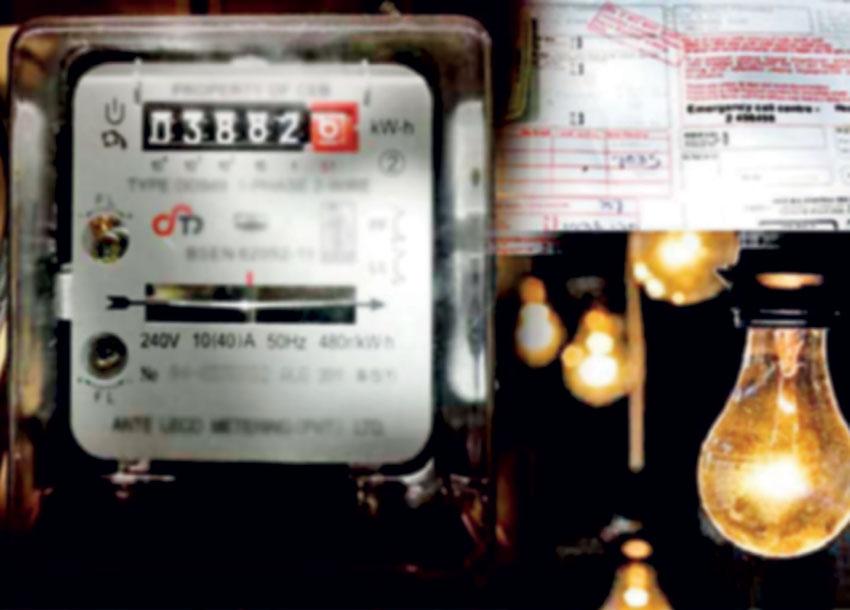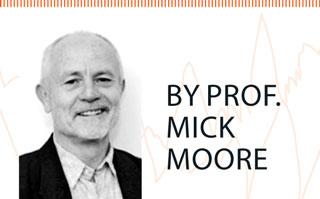13 Sep 2022 - {{hitsCtrl.values.hits}}

 How can a large-scale cash transfer programme be established from scratch, quickly, and during a deep economic crisis? The Government of Sri Lanka faces that challenge. New research reveals that the problem of selecting eligible households may be much less daunting than it appears. The answer lies in household electricity bills.
How can a large-scale cash transfer programme be established from scratch, quickly, and during a deep economic crisis? The Government of Sri Lanka faces that challenge. New research reveals that the problem of selecting eligible households may be much less daunting than it appears. The answer lies in household electricity bills.
The crisis
Sri Lanka is in an economic crisis. Foreign exchange is acutely scarce. Food, fuel and medicines are both scarce and very expensive. Jobs and livelihoods are disappearing. Even the most optimistic likely scenarios suggest widespread hardship for the next two to three years. Within the next few weeks, the government and the International Monetary Fund will likely sign an agreement for a major loan.
One component of that agreement will be the introduction of a direct cash transfer programme to help protect the poorer portion of the population against a bleak immediate economic future. This is in some ways a welcome opportunity. Although Sri Lanka achieved the status of an Upper Middle Income Country in 2019, its existing social protection programmes are surprisingly small and inefficient. They do not match the expectations of a fairly wealthy country afflicted by considerable economic inequality and an ageing population. The largest single social protection programme, Samurdhi, is politicised and suffers major errors of both inclusion and exclusion. It would be good to start afresh and create a new registry of eligible households for the new cash transfer scheme. But it is near-impossible to do that through any kind of direct household survey, at least not for many months. Public transport is severely curtailed. New tablet computers are not available because of import restrictions. Even paper is scarce.
Breakthrough
However, research recently conducted by the Colombo-based think tank Verite Research (2022) shows that the data needed to establish a reliable registry of eligible households already exists. These data are digitalised, trustworthy, verifiable, accessible, and continuously updated in real-time. The information is in household electricity bills. This may not come as a total surprise to people who have specialised in the targeting of social protection measures. The possibility of using electricity consumption as one indicator of household poverty has occasionally featured in professional discussions. The surprise is that, at least for Sri Lanka, it proves to be a very good indicator.
The Verite analysis (Verite Research, 2022), conducted principally by Professor Dileni Gunawardena, shows that monthly household electricity use is a very good proxy for levels of household consumption more broadly, as measured in the 2016 Household Income and Expenditure Survey. For example, 81% of the poorest 10% of households – but only 19% of the richest 10% – use less than 60kWh of electricity per month. By contrast, only 40% of those same poorest 10% of households are beneficiaries of the current Samurdhi social protection programme. Suppose that all households with recent average electricity consumption of less than 60kWh per month were declared eligible for the new direct cash transfer scheme. More than half of all households would be covered, and 76% of the sum of all cash transfers would go to households that are among the poorest 60% of households.
Knowing that household electricity use is a good proxy for poverty is just the first step toward creating a new, effective cash transfer scheme. But the nature of the Sri Lankan electricity distribution system makes it much easier to take further steps with confidence:
Household coverage is virtually complete. Virtually all households (99%) receive their electricity directly from the Central Electricity Board (CEB). The other 1% of households are mainly clustered in a few remote areas. They could probably be made automatically eligible for cash transfers.
Given that very high level of household connection to the grid, there will be very few poor households who might be accidentally excluded from the cash transfer scheme because they obtain their electricity through illegal connections.
The CEB has the Global Positioning System (GPS) location of almost all households connected to the grid and verified telephone numbers for most of them.
All household billing is undertaken digitally. Billing histories are easily accessible. Eligibility for cash transfers could be based on average electricity use over some recent period, perhaps six months. This would appear fair, and, to the extent that rising house incomes resulted in higher levels of electricity use, would result in some automatic eligibility adjustments. Some households might restrict electricity use to ensure that they remained eligible for cash transfers. That would be no bad thing from a climate change perspective.
Some nuts and bolts
We know that the performance of social protection schemes often depends on the details of design and implementation. The proposal outlined here needs more work, both in design and in later adjustments to reflect operational experience. Some foreseeable issues are of minor importance. For example, some larger Sri Lankan residences have more than one electricity meter, typically on separate floors. An administrative process to remove them from the cash transfer registry would be needed. Another process would be needed to exclude from the registry wealthy households that for some reason use little electricity. There are two larger issues that will require more policy attention:
Electricity bills are typically in the name of the household head. These are mainly men. But a good cash transfer scheme will direct money to women, who are more likely to use it for food and other necessities. While it may be logistically desirable to use the CEB billing system to make the cash transfers, at least initially, this would make it more difficult to resolve this gender question.
To what extent, and over what time scale, should additional eligibility criteria be added to refine the targeting, especially to reduce cases of exclusion of deserving households? There is no doubt in principle that targeting could be improved, to take into account factors like the number of children or elderly people on very low incomes. But the Verite analysis suggests that adding in these additional criteria would not improve targeting very much. Household electricity use alone is a very powerful indicator of economic need.
For Sri Lanka, there is a very strong case for starting the new cash transfer system quickly, using only household electricity consumption as the eligibility criterion. Perhaps the same indicator could play a bigger role in determining eligibility for social protection programmes in other countries?
( Prof. Mick Moore is a political economist, and Professorial Fellow at the Institute of Development Studies and a non-resident fellow at Verité Research)
23 Dec 2024 41 minute ago
23 Dec 2024 1 hours ago
23 Dec 2024 1 hours ago
23 Dec 2024 1 hours ago
23 Dec 2024 2 hours ago